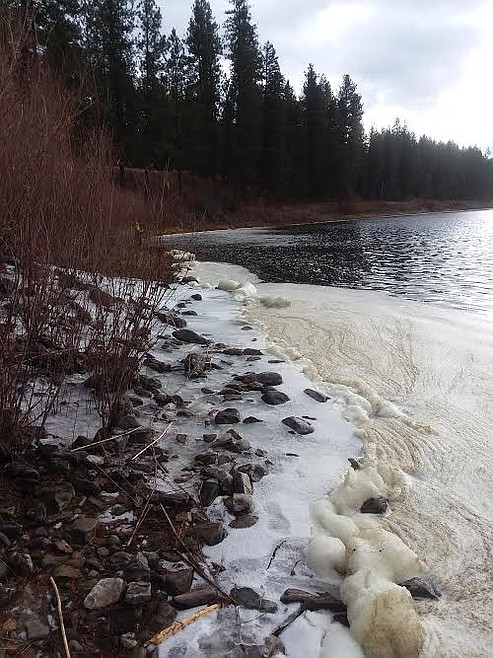State fish biologist discusses Clark Fork River pollution
The Clark Fork River has long sweeps through both Mineral and Sanders counties where it touches its residents in one way or another.
Fishing, floating, swimming, hunting, bird watching, photography, if locals aren't using it directly for recreation, other people from out of state do and they spend money with our local merchants that fuels the economic base...
Become a Subscriber!
You have read all of your free articles this month. Select a plan below to start your subscription today.
Already a subscriber? Login



